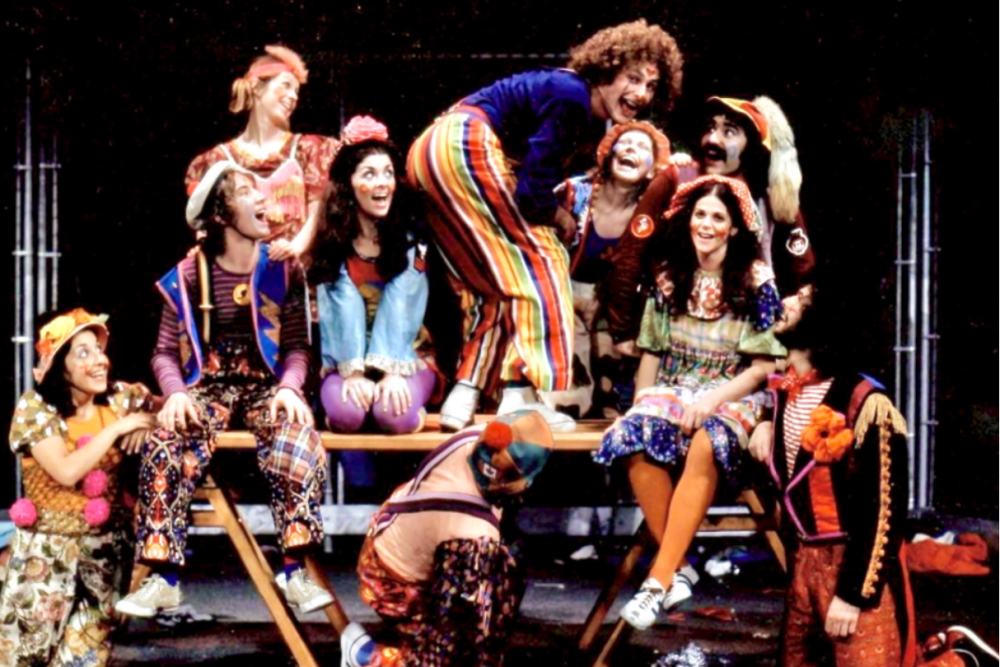Film review: In Flames’ eerily unsettling parable gives an inside look at patriarchy in Pakistan
Canadian-Pakistani filmmaker Zarrar Kahn’s assured feature draws on horror tropes for story of a young Karachi woman and her mother
In Flames opens at Cineplex Odeon International Village on April 19 with a special event screening featuring a Q&A with Zarrar Kahn and stars Ramesha Nawal and Bakhtawar Mazhar
THE ARRESTING, GENRE-PUSHING new film In Flames begins as a fairly straightforward portrait of a young Pakistani woman who lives in a cramped apartment with her widow mother and little brother, trying to better herself by studying hard to be a doctor. But soon reality comes crashing in, in the form of a fist through a car window—and from there, Canadian-Pakistani filmmaker Zarrar Kahn’s assured feature veers in an altogether different, eerily unsettling direction.
Twenty-five-year-old Mariam (a strong, enigmatic, and arresting Ramesha Nawal) is at the wheel of that car—a risky and rebellious act when you’re a young woman in Karachi. In fact, as this horror-tweaked, Kafkaesque story reveals, men threaten, control, and negotiate at every turn. That means that every tuk-tuk driver, overgenerous uncle, zealous faith healer, and guy lurking outside your window must always be assessed with suspicion. Even the men who have died come back to haunt women’s lives. In Kahn’s hands, women’s unrelenting need for hypervigilance becomes a kind of horror movie all its own. That constant stress has driven a wedge between Mariam and her mother, Fariha.
The film takes a brief turn into a budding romance, but that soon presents risks, too. Just sitting on a park bench, Mariam and her kind, Canadian-educated suitor are separated by a religious cop wielding a stick. And a brief taste of freedom on a “date” with him carries the ever-present threat of shame.
When an accident happens and a legal nightmare threatens the family apartment, both the mother and daughter’s lives start to crumble. A head injury further ups the hallucinatory moments.
To his credit, Kahn shoots it all with an eye for atmosphere and visual detail. A beach house becomes a surreal dreamscape; the apartment’s dark-red-wallpapered rooms suffocating, the wrought ironwork of its balconies and doors creating a prison for the women. The film offers a rare, intimate look inside Karachi, with its dusty streets, wire-tangled alleys, and constant traffic din.
At times, the plot feels uneven; at its strongest, it interweaves the real-life horror of a patriarchal society into its scary-movie tropes. But what sets In Flames most apart is that the women here are never victims. The mother and daughter fight to take over their own narratives, and ultimately decide it's better to burn it all down than let fear, shame, and oppression drive them apart. ![]()













